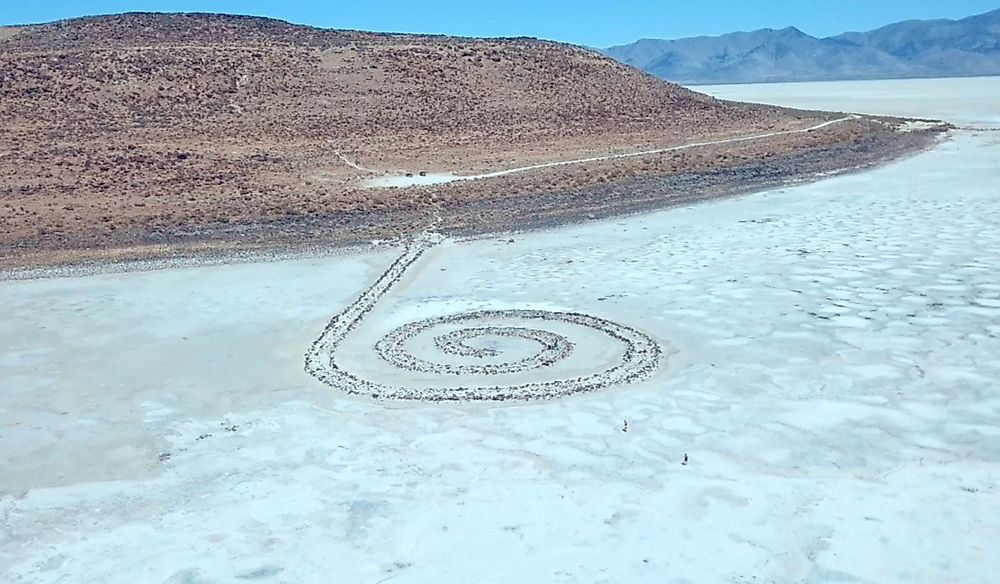What Is A Geoglyph?

Simply defined, a geoglyph refers to a design that is drawn on the earth. A geoglyph is usually longer than 13 feet. The design is created by elements of the landscape that are long-lasting, such as stones, earth, gravel, and other things. There are two types of geoglyphs; namely a positive and negative geoglyph. A positive one is made by arranging elements on the ground like petroforms (which are simply outlines created using boulders). On the other hand, negative glyphs are created by removing part of the upper surfaces of rock, as is the case with petroglyphs, in order to create a design. There is another variation of a geoglyph that involves seeding plants in a special design. The design usually takes years to see since it depends on the plants growing. This type of geoglyph is called an arborglyph.
Geoglyphs in History
From ancient times, the most widely known geoglyphs are the Nazca Lines of Peru, which have been a mystery to this day. Experts have not been able to determine what exactly the creators of the glyphs intended to portray. Other geoglyphs from the past include the Megaliths in the Urals, the Uffington White Horse, the Long Man of Wilmington, and many others. There has been some debate over Arabia’s Works of the Old Men. A physics professor from Italy described the works as geoglyphs. However, the term is misleading in that case since the structures were not built as art.
In modern times, there have been a number of geoglyphs as well with movements such as the Land Art movement being responsible for a number of them. One of the most widely known works of the movement is the Spiral Jetty, which was created by Robert Smithson. Other designs, not necessarily by the Land Art movement, include Britglyph in the United Kingdom and Bunjil in Australia.
Nazca Lines
The lines are a group of massive geoglyphs in southern Peru’s Nazca Desert. Experts estimate that they were designed anywhere in the period from 500 BCE to 500 CE. Some of the lines are straight while others depict designs of animals and plants. All the lines have a combined length of more than 808 miles while they cover an area of around 19 square miles. An individual design has a width of between 0.2 and 0.7 miles. All the designs were made by removing the top layer of soil. The depth of a line is anywhere between four and six inches. Some of the shapes are visible from a height of as much as 1,500 feet. The preservation of the lines over the years can be attributed to the dry and windless climate of the region.
The Spiral Jetty
This is an example of a modern geoglyph that was created in April 1970 by Robert Smithson. The design, which is at Rozel Point in Utah, measures 15 feet by 1,500 feet. Presently, it is under the ownership of the Dia Art Foundation. The sculpture, which is a counterclockwise spiral from the nearby Great Salt Lake, is sometimes invisible. The visibility depends on water levels. The work took nine days.











